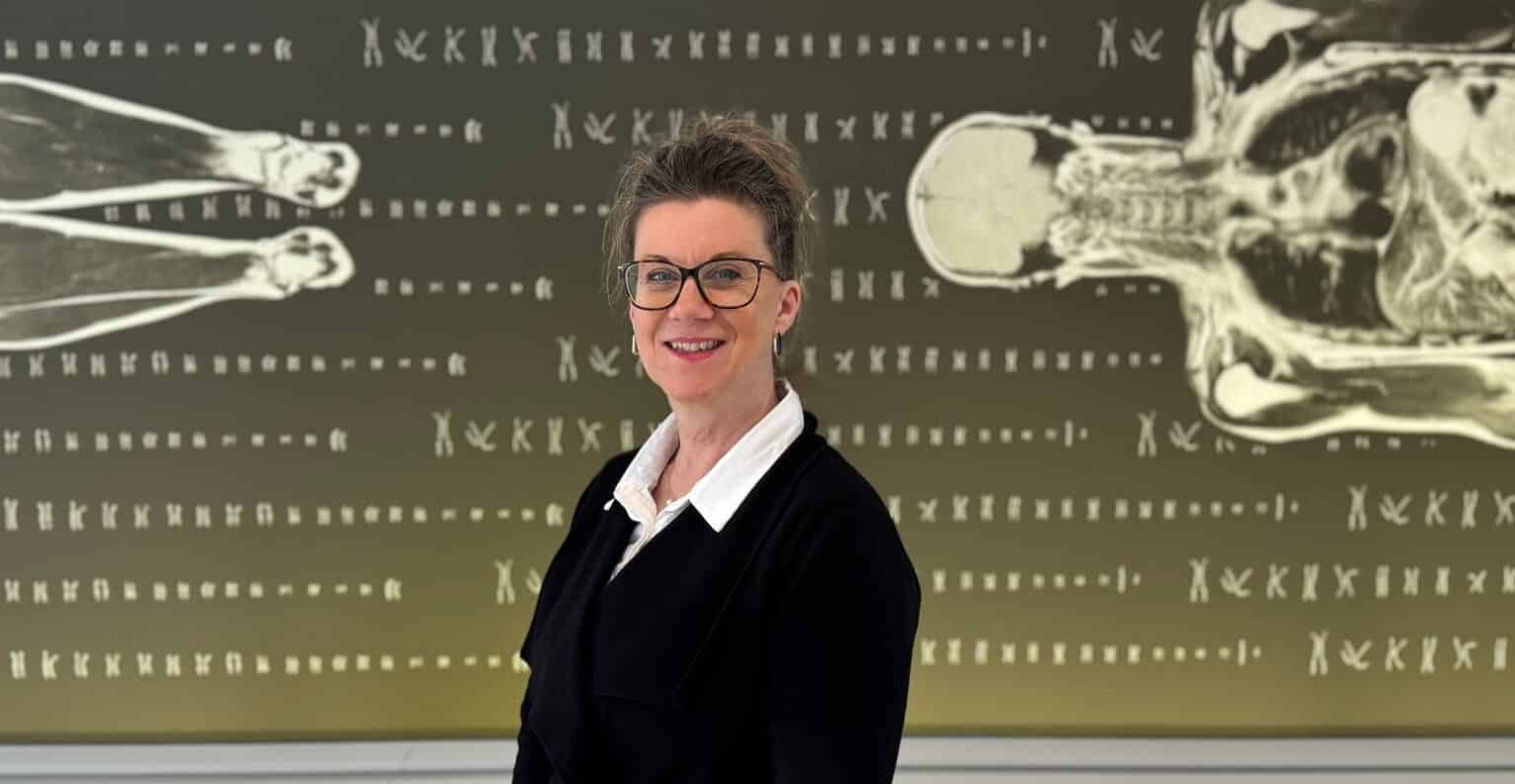
Director of the Heart and Vascular Research Institute and Joint Program Head of the Cardiovascular Science and Diabetes Program at the Harry Perkins Medical Research Institute, Professor Shirley Jansen has been appointed the Michael Lawrence-Brown Professorial Chair in Vascular Surgery at the School of Population Health at Curtin University.
Professor Jansen (pictured above) said her appointment was both humbling and a privilege.
“I have had the honour of working closely with Emeritus Professor Lawrence-Brown over the course of my career and continue to work closely with him to this day.
“I look forward to respecting Professor Lawrence-Brown’s legacy built from his innovative solutions to vascular disease,” she said
Professor Rosa Alati, Head of Curtin School of Population Health, said the University was delighted to welcome Professor Jansen in such a prestigious position.
“Professor Jansen’s internationally recognised expertise, pioneering research and commitment to collaboration will further strengthen our School’s capacity to address some of the most pressing health challenges facing our community,” Professor Alati said.
Professor Jansen is also the Head of the Department of Vascular and Endovascular Surgery at Sir Charles Gairdner Hospital and Clinical Professor at The University of Western Australia and has run more than 40 government and industry sponsored clinical trials, the majority international as Site Principal Investigator. Many have led to global changes in the management of cardiovascular disease.
Her main research interests since her PhD are in the interface between vascular physics and engineering, using biomimicry to innovate new 3D printed devices and the development of a novel therapeutic to cure atherosclerosis.
Professor Jansen has wide experience in all aspects of vascular and endovascular surgery, perioperative care and prevention, and health outcomes.
She has published more than 150 research papers and book chapters, has raised more than $11 million for research including grants from the Medical Research Future Fund (MRFF) and the National Health and Medical Research Council (NHMRC).
She has received eight travelling fellowships in her career; is an inventor, and convenor of two national and international vascular surgical training workshops.
Professor Jansen is actively engaged in cross-disciplinary collaborations locally and internationally in the areas of imaging, treatment modalities and outcomes for vascular diseases.
In June Professor Jansen and Perkins researcher Associate Professor Juliana Hamzah were awarded an MTP Connect Targeted Translation Research Accelerator (TTRA) Drugs and Devices Tranche A grant of $750,000 to be used to establish a Good Manufacturing Practice in the production of ATH01, a biologic therapeutic drug candidate for treating patients with atherosclerotic cardiovascular disease.
A further Tranche B grant of an additional $750,000 will be available upon successful completion of the first stage.
With such an esteemed career based in Western Australia it is fitting that Professor Jansen’s expertise was recognised in June with the bestowal of the Michael Lawrence-Brown Professorial Chair in Vascular Surgery.
This honour has its origins in a Western Australian surgical innovation that continues to benefit the WA health system.
In 1994, at Royal Perth Hospital, two Western Australian medical professionals, Professor Michael Lawrence-Brown and Medical Imaging Technologist Mr David Hartley, developed the prototype for endovascular stent grafts, a revolutionary procedure for the treatment of aortic aneurysms.
Professor Lawrence-Brown is regarded as an international pioneer in endovascular innovations to minimise invasive procedures in vascular surgery.
Royalties from the endostent were used by Perth’s East Metropolitan Health Service to jointly establish the Michael Lawrence-Brown Professorial Chair of Vascular Surgery and the David Hartley Professorial Chair of Radiology, ensuring that, in addition to directly benefiting numerous Australian and international patients, the WA Health system benefits from this groundbreaking medical invention for many years to come.
“I came to Perth to work with Michael in 2002 to learn more about endovascular approaches to vascular disease and his innovation, as I shared his interest in the overlap between engineering and vascular disease,” said Professor Jansen.
“We started a journey of research together, based at Curtin’s School of Population Health, culminating in my emigration to Australia in 2004, and he has been my mentor and research colleague ever since.
“I have learnt many things from Michael over many years as we have explored various aspects of vascular disease and intervention, and by aligning our clinical language, terminology and definitions with that of engineers in the mining industry we have a greater understanding of the effects of pressurised flow in pipes and can use sophisticated computational modelling to explore what is happening in aneurysm formation and arterial dissection, for example.”
